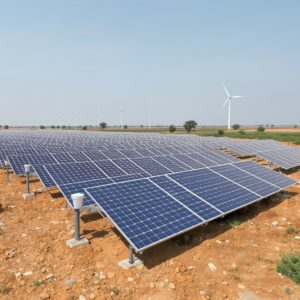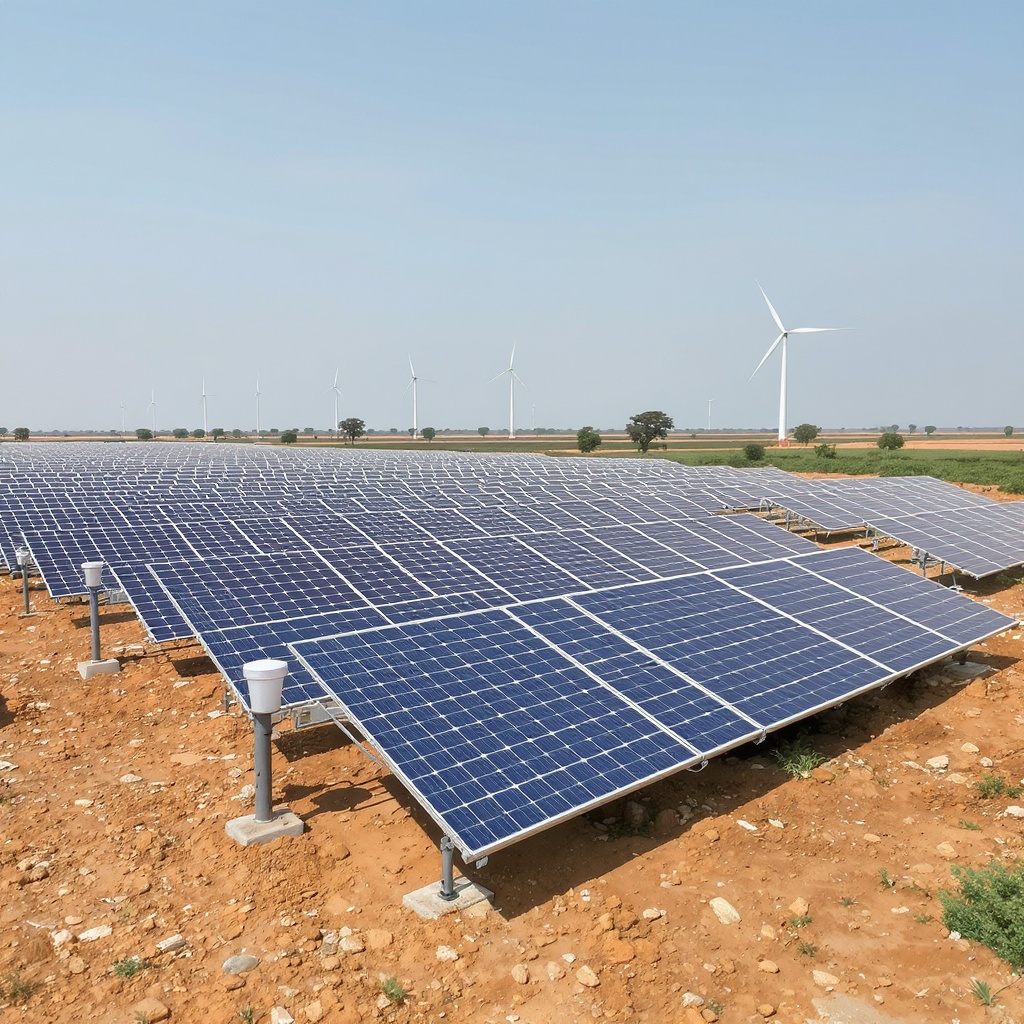Undoubtedly, India’ economy is growing fast and steadily. The country’s capacity in the form of renewable energy has witnessed significant growth in the past few years. It has successfully reduced emissions intensity and improved ranking in the SDG index but still there is a lot more to do. India has the target to achieve zero emissions by 2070 by utilizing more renewable energy. The country’s renewable energy or RE expansion across wind, solar, hydropower, and green hydrogen shows its commitment towards attaining a sustainable energy future.
However, a few recent renewable energy news mentions some challenges that India’ s energy sector is facing while moving towards a greener future. Here are some of them.
Environmental Concerns
Habitat loss due to growing industrialization and urbanization as well as its effect on the local ecosystems is a serious concern. No doubt the problem is addressed in many ways but the rate of exploitation of natural resources is more raising an alarm for the energy sector.
Land Acquisition
Solar and wind energy projects require large areas of land that mostly causes conflict with the local communities regarding the environmental impact. Acquiring land in the remote areas for large-scale renewable energy projects is a complex process that takes a lot of time and hinders the project development.
Changing Weather
Sources like wind and solar are mainly dependent on weather conditions. As a result, their output gets affected owing to the fluctuating weather. This intermittency in output poses challenges in maintaining grid stability and reliability. This causes power outages that leads to imbalance between demand and supply. Moreover, the country needs to invest in upgrades in distribution and transmission networks.
High Investment Costs
No wonder the long-term operational costs of renewable energy are lower than fossil fuels but their initial investment is higher. The cost of setting up a solar panel and wind turbine initially is quite high. This is one of the barriers to enter into the market for investors and developers, especially the small players.
Inadequate Transmission Setup
India’ s transmission setup is mainly designed for conventional power plants. The plants are mainly located closer only to the major demand centers initially. However, renewable energy sources are in remote areas owing to which significant investment is now required in setting up transmission lines to transport power to consumers in urban areas. The lack of infrastructure lacks the country’s ability to integrate renewable energy in the grid.
Regulatory Policies
Changes in tariffs and government policies create uncertainty for developers and investors. Also, long waiting periods for project approvals, complex procedures for permissions to execute projects, and bureaucratic red tape also lead to delays in implementation and completion.
Conclusion
Despite the challenges, India is looking forward to attain a greener space in the future. It is thriving to overcome the challenges to achieve the best results. For recent renewable energy news, you can visit Renewable Mirror, which provides the latest news, insights, and trends in renewable energy sectors such as solar and wind. It is one of the most reliable sources for renewable energy updates.






